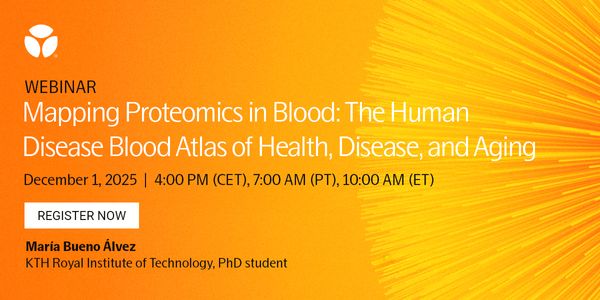Analysis of human gut microbiomes and antibiotic resistomes of pediatric patients undergoing stem cell transplantation
-
Jonathan Jacobs, PhD
Director of Global Product Management, Genome Analysis, QIAGENBIOGRAPHY
The emergence and spread of antimicrobial-resistant (AMR) bacteria and resistance mechanisms pose a serious challenge to laboratories in both hospital clinical microbiology and public health settings. Accordingly, elevated vigilance by antibiotic stewardship programs at a local level is required to limit the spread and dissemination of drug-resistant pathogens among clinical patient populations. Whole genome sequencing, as opposed to traditional culturing and isolate typing, is proving to be an effective means to rapidly assess patient samples for the presence of potentially drug-resistant pathogens. The cost of whole genome sequencing continues to decline; however, there is an increasing need for effective bioinformatic analysis pipelines suitable for routine use by clinical microbiology laboratories.
In this presentation, we use QIAGEN’s CLC Microbial Genomics Module, an extension to the CLC Genomics Workbench software platform, and the new QIAGEN Microbial Insights AR Database (QMI-AR), to analyze public gut microbiome data obtained from pediatric stem cell transplantation patients. We demonstrate how CLC Genomics Workbench platform, along with the QMI-AR database, can be used to profile microbiome samples for their constituent bacteria, and identify genomic markers for antimicrobial resistance. Furthermore, we demonstrate how the CLC platform can be used to build customized analysis workflows designed to automate the analysis and reporting of results, an essential component of any laboratory where standard operating procedures and rigorous results reporting are expected and required.
Learning Objectives:
1. Detect antimicrobial resistance genes using multiple methods and databases, including the new QIAGEN Microbial Insights AR database.
2. Determine the taxonomic profile of shotgun metagenomic samples
3. Build reproducible workflows for routine analysis
4. Use tools from CLC Microbial Genomics Module to identify potential mobile AMR markers found in plasmids
5. Visualize these markers in a reference genome using the new Genome Browser
Analysis of human gut microbiomes and antibiotic resistomes of pediatric patients undergoing stem cell transplantation
Please update your information
Certificate of Participation
DOWNLOAD CERTIFICATE






